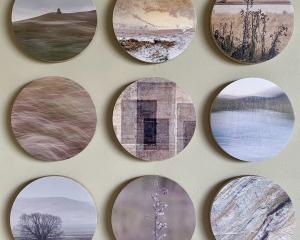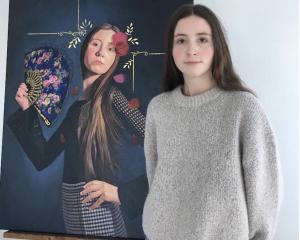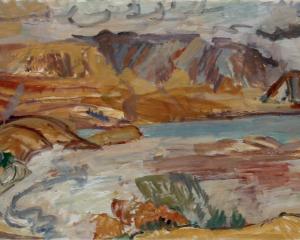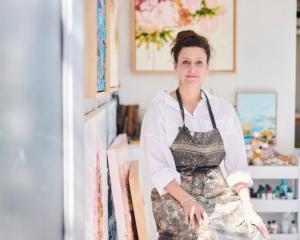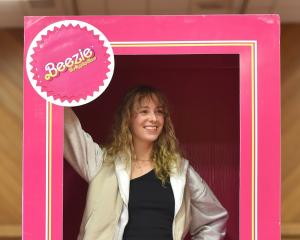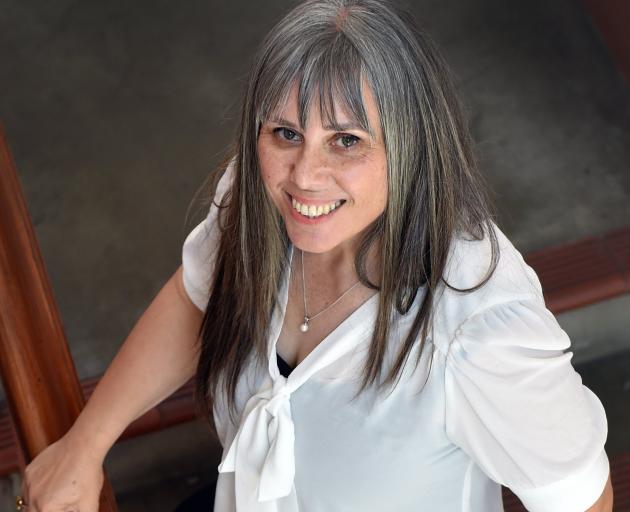
Rebecca Barclay-Clist’s work has gone in two different directions — one calm, serene and colourful, the other more muted, challenging and contemplative.
Yet both have found a place in in the former Dunedin artist’s practice.
A ceramicist by training at the Dunedin School of Art, Barclay-Clist found it difficult to keep up when she headed off to teachers college and then teaching, due to the equipment and time needed, so instead picked up a paintbrush.
"I was a creative person and it’s not something you can easily turn off so I picked up a paintbrush because it was just a way to make work."
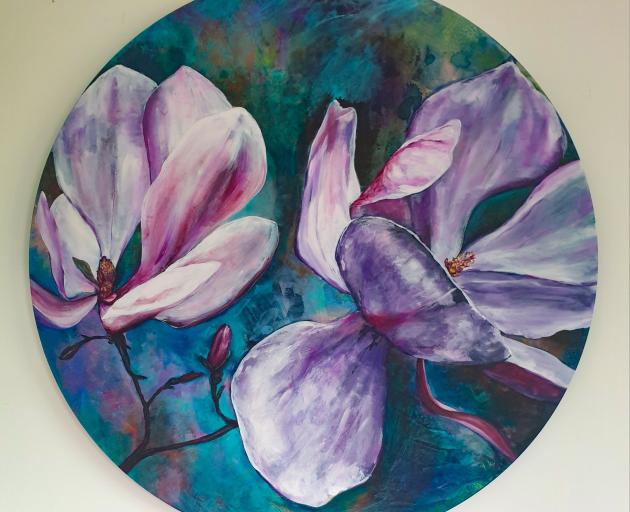
While she regularly returns to her hometown of Dunedin, she says it was lovely to be invited to do a pop-up show at Guild which showcases local designers.
"To bring my own work, given this is where I come from, is special."
Barclay-Clist committed to her professional practice in 2014 and has exhibited most years since. Her most recent exhibition was at Mangawhai Artists Gallery, titled "Seven Intentions/Seven Distractions" in which she explored ideas based on the seven days of creation and the seven deadly sins, looking at God’s intention versus man’s distraction, through a Vanitas lens.
A few years ago, when working on an exhibition about her family, she began thinking about the women in her family and the memories associated with them.
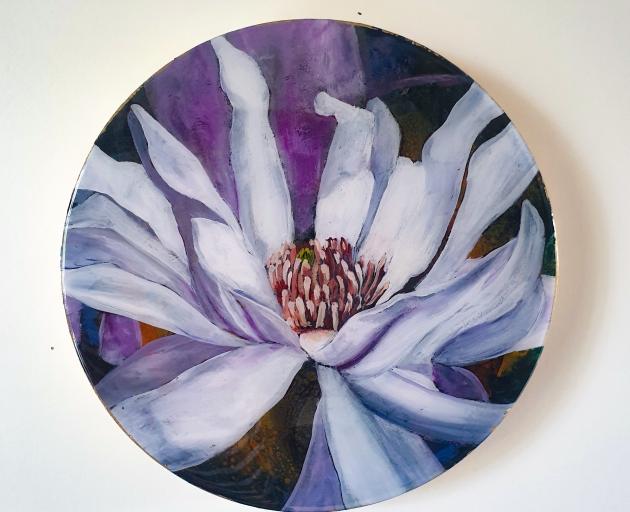
At the same time she and her partner had just become permanent care foster parents.
"We’d just received a child which was so exciting for us, so at that time I was processing memories and how my memories were different from his memories. Between myself, my husband and my son we had that distance of those memories.
"While there were paintings which had figures of us all, there were also these flowers which I suppose were used in a more symbolic way at the time."
So that is where it all started.
"It was an unusual show but it worked in my head."
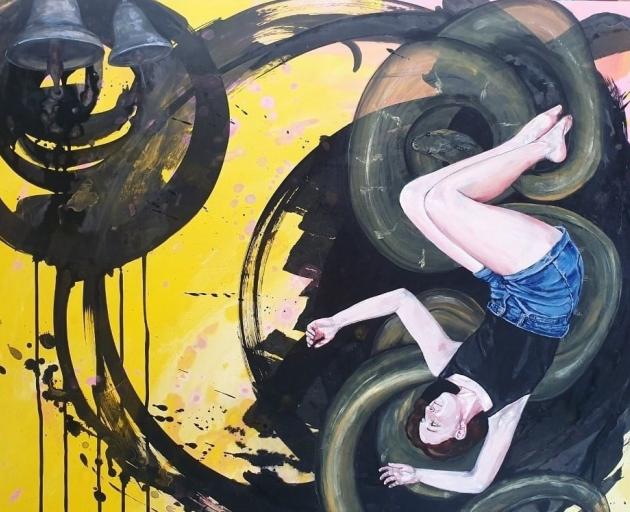
But she was reluctant to continue to paint the flowers.
"Now they don’t work together as such.
"It’s something I really enjoy but doesn’t require the same intensity. I know what I’m doing. As an artist you move on and while you might still have similar connected themes, you can’t help but develop in your work."
So she decided to continue to paint the flowers but as more of a commercial venture under the name of Flora Tondo. Each work is covered in a high shine resin to bring out its colours.
" I really enjoy both, but for different reasons."
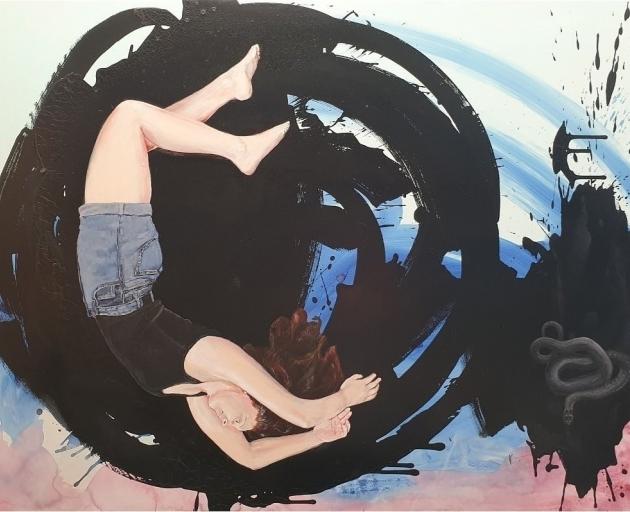
"It’s more intuitive, there is a lot of trial and error and there is a real process to work it out as I go. I might start with an idea but there is always room to change and add ideas as I go."
Those works have a lot going on and are not as easily read.
"They require a thought process to really engage with them."
She manages to switch between creating the different types of work using the floral works as a break between the more in-depth planning and thinking needed for the conceptual works.
"It’s something I can go and enjoy. It doesn’t require the same intensity."
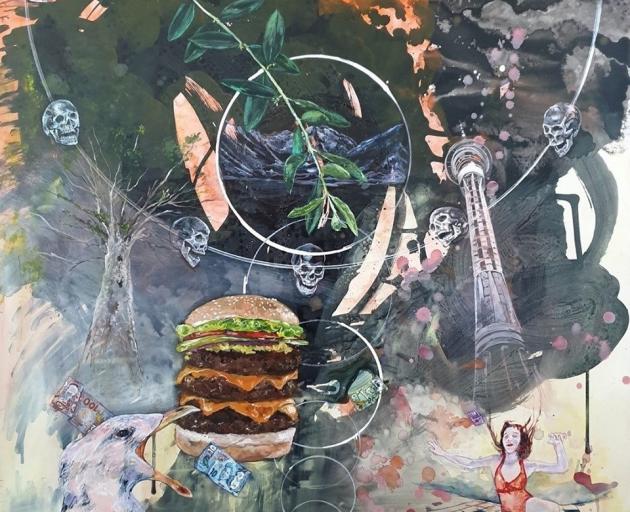
"The process is quite vigorous so I need something sturdy."
Both types of work are painted using acrylics and while the floral works are finished in a high shine resin, her conceptual works are finished in either a matt or a shiny varnish.
"I used to use oil paints but I found I was a bit lazy in terms of cleanup and turp[entine]s are smelly. You can get great quality acrylics these days, you can get great texture with them."
At Guild, both types of work are on display which is something Barclay-Clist does not normally do but was asked to by Guild as they liked both.
"It can be a little bit confusing seeing an artist do quite different work."
TO SEE
Rebecca Barclay-Clist, Guild Dunedin, until Christmas.

